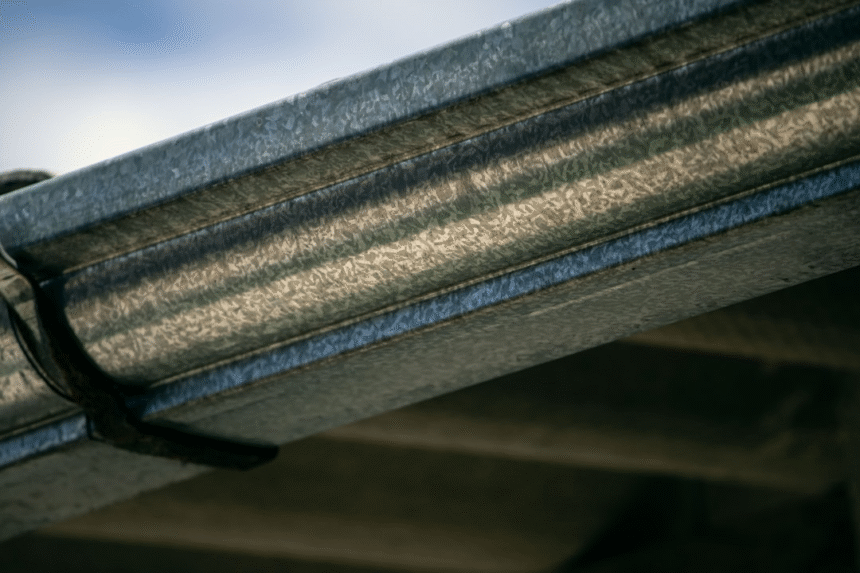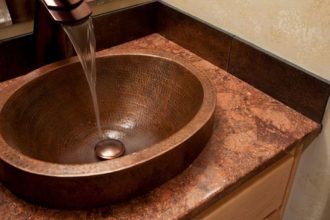Gutters may not be the flashiest part of a home’s exterior, but they play a critical role in protecting the property from water damage. When they’re clean and functioning correctly, water flows away from the roof and foundation without issue. When they’re clogged, it can lead to rot, mold, insect infestations, and even structural problems. For many homeowners, cleaning gutters is an inconvenient and risky task that often gets postponed until it’s too late.
Preventing this scenario comes down to one thing, proper installation and maintenance. Whether you’re doing it yourself or working with a contractor, following smart practices from the start helps eliminate recurring problems and improves long-term performance.
Choose the Right Materials for Your Environment
Not all gutter systems are created equal. Aluminum, steel, vinyl, and copper all have different lifespans and resistances to weather conditions. For instance, vinyl may be cost-effective, but it can crack in cold climates. Aluminum is lightweight and resists corrosion, making it ideal for many homes, but heavy rainfall might require more durable materials like steel.
Consider your region’s typical climate when selecting your gutter material. Wind, snow, and UV exposure all affect longevity. Investing in the right material from the beginning can reduce the chances of future repairs or replacements caused by environmental stress.
Make Sure Gutters Are the Right Size and Pitch
Gutter sizing is often overlooked, but it’s vital for proper water drainage. A standard five-inch gutter may be suitable for smaller homes, but homes with larger roofs or steep pitches often need six-inch gutters. The size directly impacts how much water the system can handle during a storm.
Equally important is the pitch of the gutters. A gentle slope toward the downspout ensures that water flows rather than pools. An incorrect pitch can leave stagnant water sitting in the gutter, inviting debris buildup and corrosion. Professional installers use levels to verify the slope and adjust brackets to maintain consistent flow.
Don’t Ignore Downspout Placement
A strong gutter system depends on where and how downspouts are installed. Placing them too far apart can overload sections of the gutter, especially during heavy rainfall. Poor placement may also direct water toward walkways or basements, creating safety and flooding risks.
The ideal setup routes water away from the house and disperses it evenly around the foundation. Extensions or splash blocks help carry water further, minimizing erosion or standing puddles. Evaluating your yard’s slope and landscaping before installation ensures you won’t run into surprise drainage problems later.
Incorporate Gutter Guards Early On
Installing gutter guards right from the start makes a dramatic difference in reducing clogs. These guards prevent leaves, twigs, and other debris from entering the system while allowing water to pass through freely.
Selecting the right type, mesh screens, reverse curves, or brush inserts, depends on tree cover and roof style. If you’re weighing your options, exploring gutter guard installation tips can help clarify what works best for your home. Positioning guards during initial installation ensures they fit properly and avoids the need to retrofit or modify the gutters later. Guards also reduce how often gutters need to be cleaned, making them a practical addition for any homeowner aiming for low maintenance.
Double-Check Fasteners and Supports
The way your gutters are secured can determine how long they last and how well they function. Poorly fastened gutters may sag or pull away from the house, especially under the weight of water, debris, or snow. Using high-quality brackets and hangers spaced closely together helps distribute weight evenly and improves durability.
Inspecting your fascia boards for signs of rot or weakness before installation is equally important. Anchoring gutters to compromised wood can lead to failure during storms. Reinforcing these areas and using screws instead of nails gives added strength and reliability to the system.
Regular Inspection and Cleaning Keep Systems Healthy
Even with the best installation, no system is entirely maintenance-free. Conducting seasonal checks ensures everything continues working as it should. Look for signs of overflow, sagging, rust, or water stains. If debris accumulates despite guards, clear it out before it hardens or causes blockages.
Fall and spring are ideal times to inspect and clean. After storms, walk around the perimeter of your home to verify the gutters are draining properly. Catching small issues early prevents them from developing into larger, more costly problems.
Taking the time to install your gutter system correctly makes a huge difference in its long-term performance and the safety of your home. Choosing quality materials, confirming measurements, adding protective features, and securing components with care create a reliable shield against water damage. These steps, paired with regular inspections, help ensure your gutters stay free-flowing no matter the season. With smart planning, clogged gutters can become a problem of the past.















